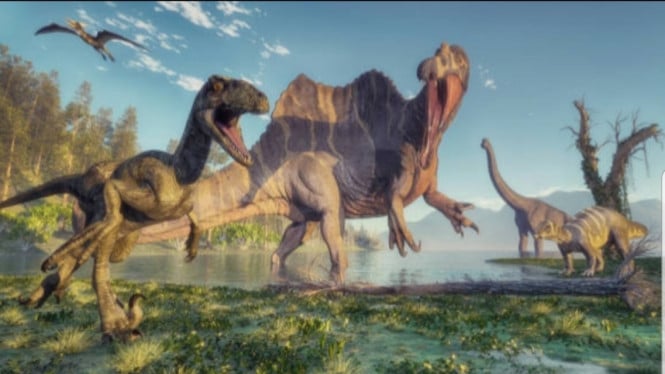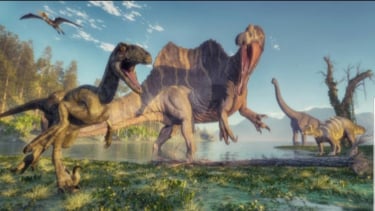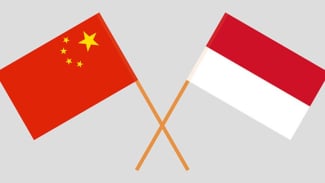Scientists Create Tsunami that Wiped Out Dinosaurs
- istockphoto
VIVA – An international group of researchers has used specialized software to reproduce the giant tsunami that is believed to have wiped dinosaurs off the face of the Earth tens of millions of years ago.
Flooding caused by an asteroid caused mile-high waves that have swept across the planet, scientists say. On Monday, the US National Oceanic and Atmospheric Administration (NOAA) posted footage of the computer simulation on Twitter.
The devastating natural event, said to be 30,000 times more powerful than any tsunami on record, was triggered when a large asteroid struck Mexico's Yucatan Peninsula, according to scientists' estimates. The space object is believed to have been more than 10 km (6 miles) in diameter.
The asteroid left a deep mark where it landed in what is now known as the Chicxulub crater. The collision triggered a 4.5 km (2.5 miles) high wave that rippled across the globe, as the new model shows.
The phenomenon also coincided with the Cretaceous-Paleogene extinction that saw 75 percent of all flora and fauna on Earth at the time, including all wingless dinosaurs, wiped out due to massive destruction and subsequent climate change.
The computer simulation is the result of joint work by researchers from several countries, including NOAA's Pacific Marine Environmental Laboratory and Geophysical Fluid Dynamics Lab.
Moreover, the scientists combined numerical modeling and analysis of the geological record to create what they describe as the first global simulation of the Chicxulub asteroid tsunami impact.
A powerful computer program, which models the details of complex fluid flows, called hydrocode, recreates the first 10 minutes of tsunami generation.
Two NOAA-developed pattern simulation models spread around the world. The researchers also analyzed the geological records of more than 100 sites around the world to support their estimates.
According to the team, the research is useful because it can help assess and quantify the risk of future large asteroid impacts. In addition, the model can help estimate the impact of small-scale tsunamis that often occur today.



























